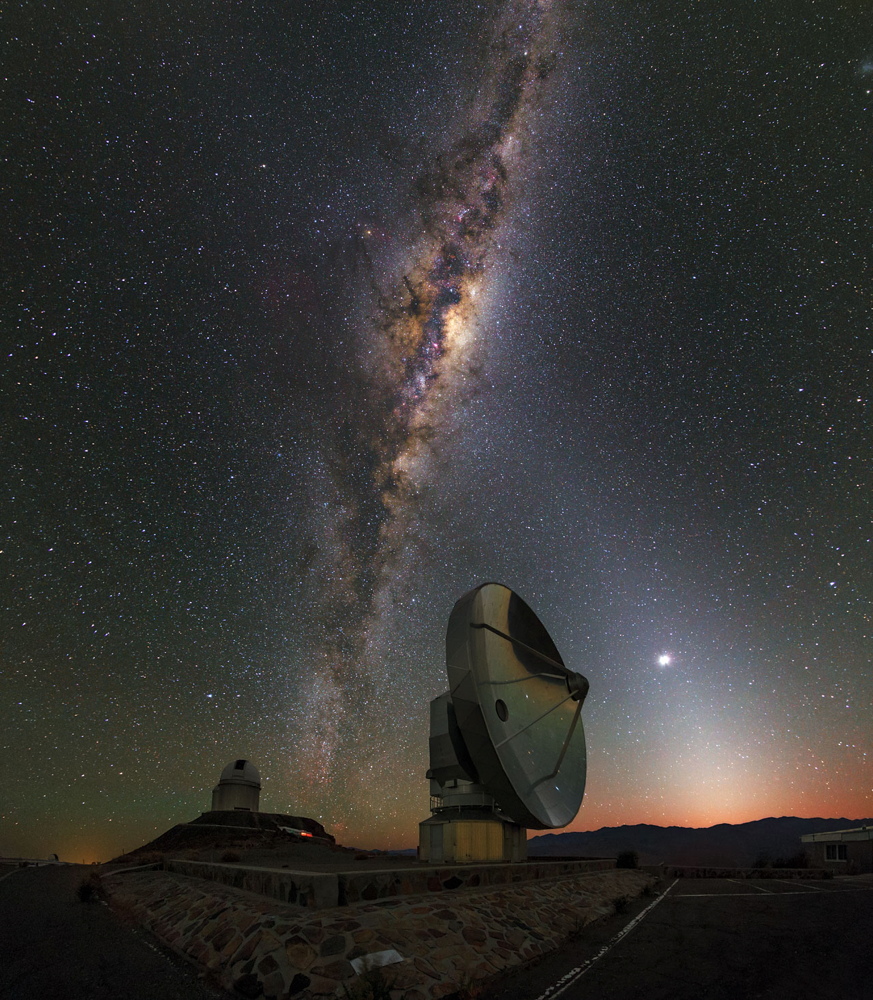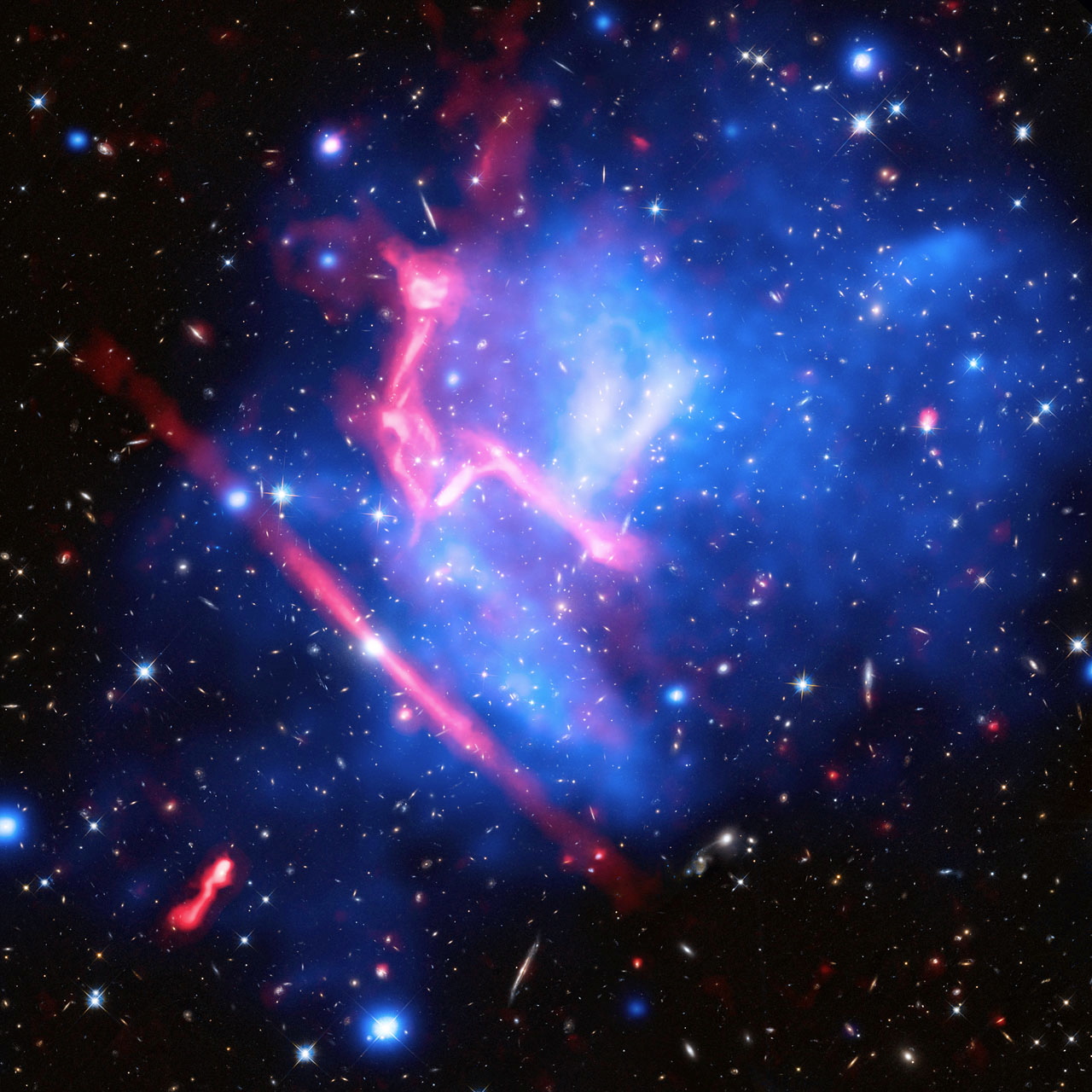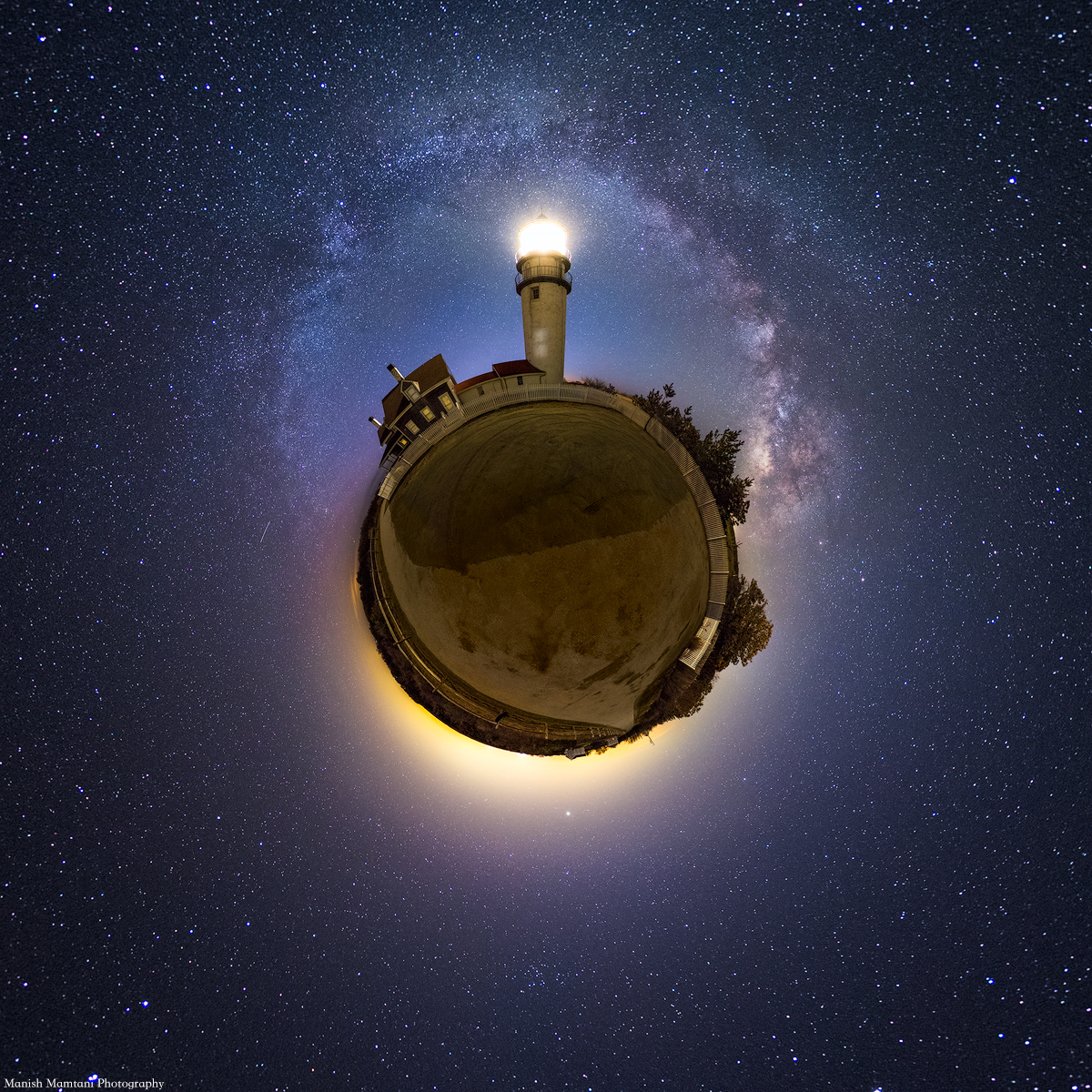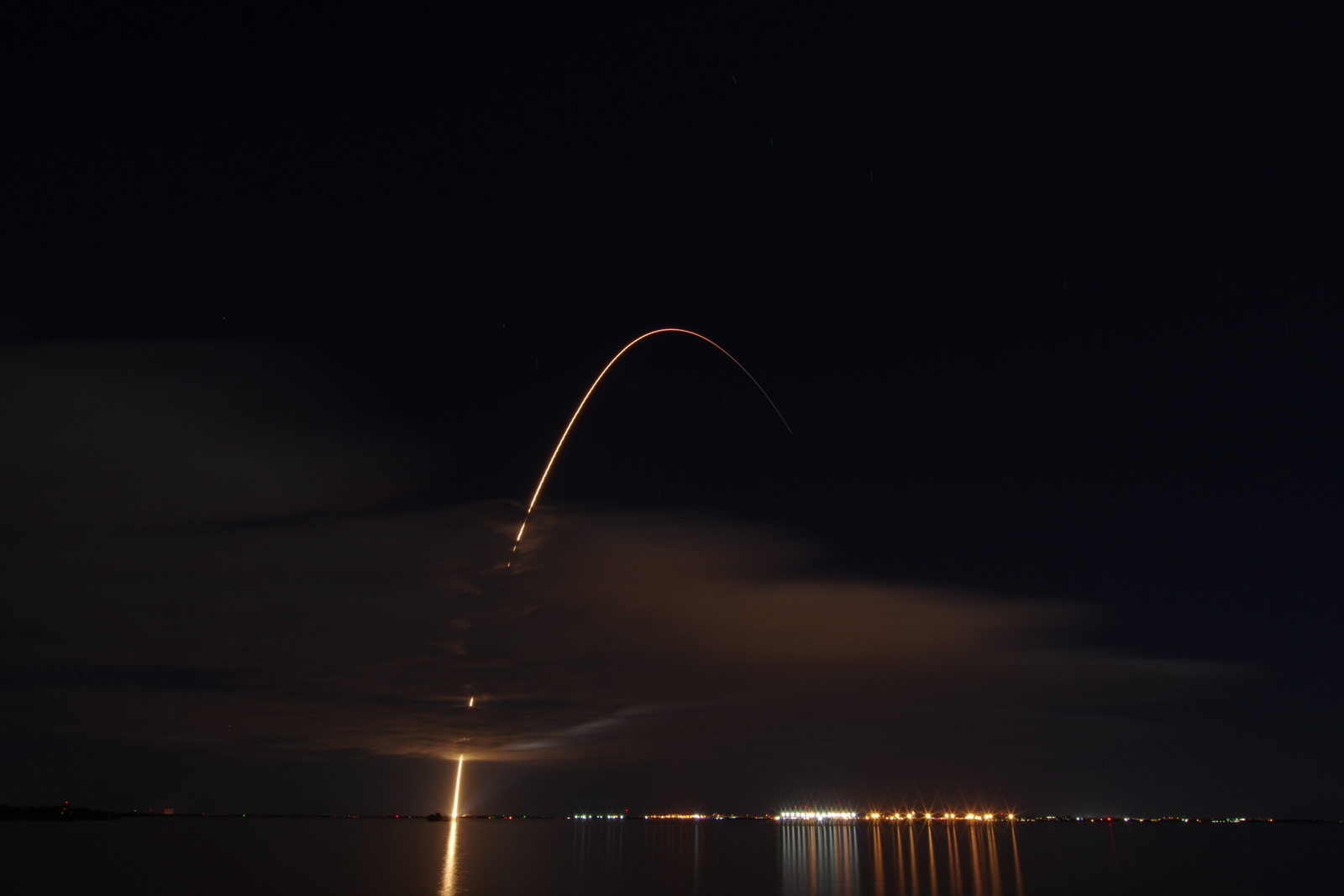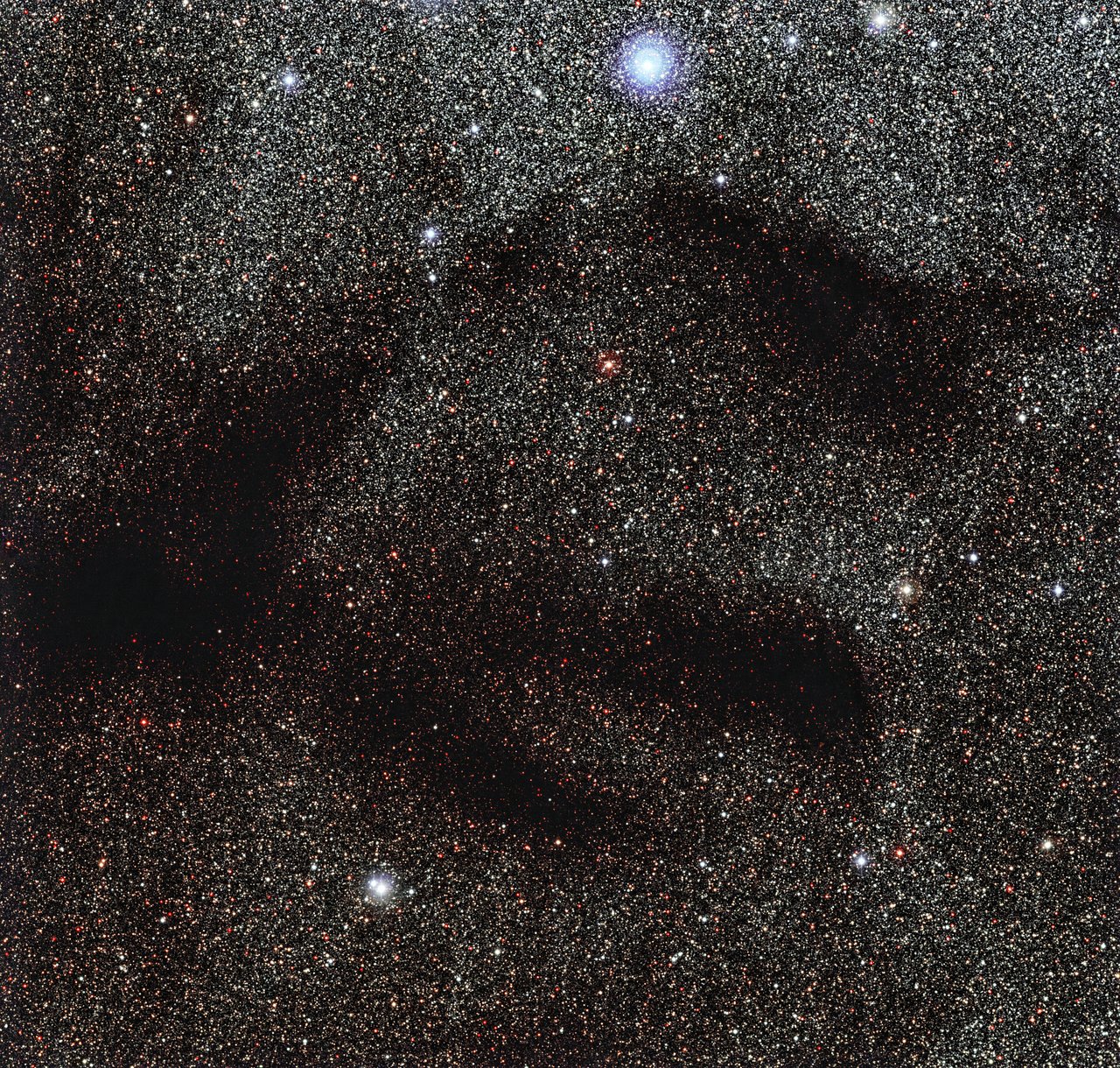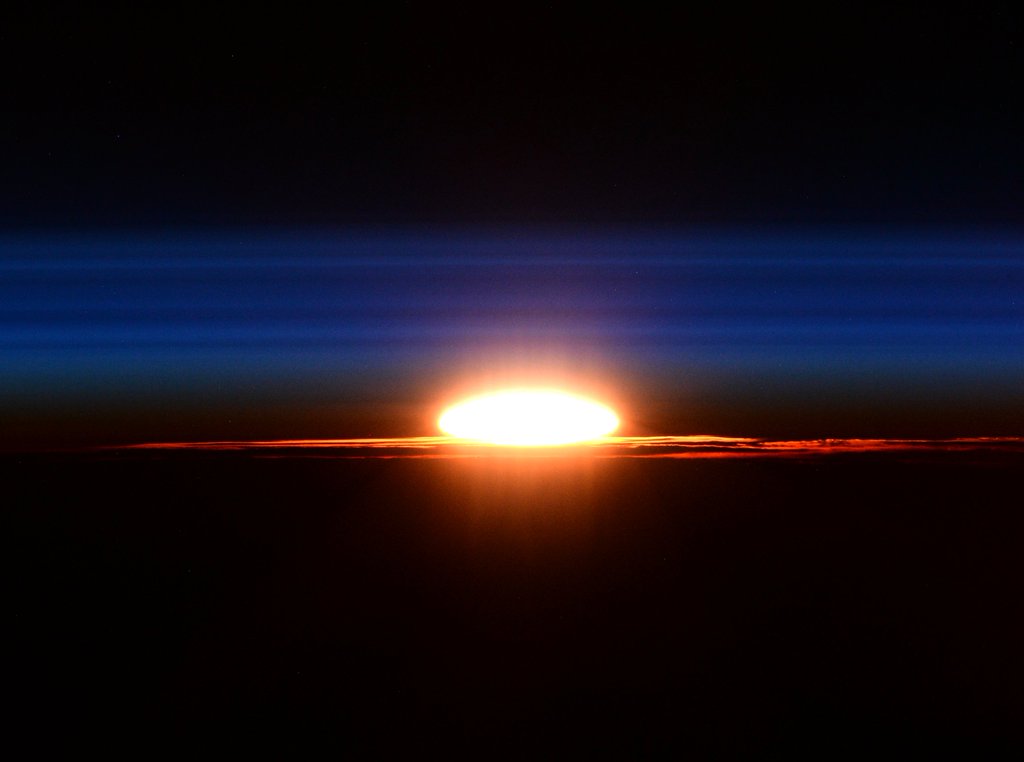Space Image of the Day Gallery (March 2016)
Dawn Will Arrive
Tuesday, March 15, 2016: The sun rises at La Silla Observatory, on the outskirts of the Chilean Atacama Desert. The hint of orange on the horizon comes from the sun, while the Milky Way, our galaxy, remains visible, stretching across the night sky. In the foreground stands the Swedish–ESO Submillimetre Telescope (SEST), possessing a dish of 15 meters in diameter. The telescope was decommissioned in 2003, to be replaced by other instruments. A bright object near the telescope is planet Venus, and the triangular glow of light surrounding it is the zodiacal light, caused by sunlight scattered by cosmic dust floating in the ecliptic, the plane of Earth’s orbit around the sun. Image released March 14, 2016.
— Tom Chao
Four in One
Wednesday, March 16, 2016: Since October 2013, the NASA/ESA Hubble Space Telescope has been studying enormous galaxy cluster MACS J0717.5+3745 (AKA MACS J0717) as part of the Frontier Fields program, to produce the deepest views of the universe. MACS J0717 lies about 5.4 billion light-years from Earth in the constellation of Auriga (The Charioteer). The cluster actually consists of four galaxy clusters colliding. This unique new view of MACS J0717 includes not only the Hubble image of galaxies and stars, but also information from NASA Chandra X-ray Observatory (diffuse emission in blue), and the NRAO Jansky Very Large Array (diffuse emission in pink). This latter data traces the radio emission within the cluster, enormous shock waves similar to sonic booms created by the violent merger.
— Tom Chao
Asteroid B-329?
Thursday, March 17, 2016: Astrophotographer Manish Mamtani created this unusual image of Highland Lighthouse in Cape Cod from 4 fish-eye lens images taken on March 12, 2016. Highland Lighthouse, the oldest lighthouse on Cape Cod, stands on Highland Light Road in North Truro, MA, in the Outer Cape.
— Tom Chao
Deliver Me
Friday, March 18, 2016: The Cygnus spacecraft for the upcoming Orbital ATK Commercial Resupply Services-6 mission, inside its payload fairing, approaches the Vertical Integration Facility at Cape Canaveral Air Force Station, Florida, on March 14, 2016. Launch is set for March 22, when the capsule will deliver hardware and supplies to the International Space Station.
— Tom Chao
‘Milky Way on Thin Ice’
Monday, March 21, 2016: Astrophotographer Matt Pollock captured the Milky Way at Cadillac Mountain, Acadia National Park, Maine, on March 12, 2016. He calls it "Milky Way on Thin Ice," and writes in an email message to Space.com: “[The photo] shows the early incarnation of the Milky Way and core as it first begins rising above the horizon in the spring, speaking again to us of warmer and better days.”
— Tom Chao
You’ve Got to Take the Moon from the Trees
Tuesday, March 22, 2016: Astrophotographer Laura Austin sent in a photo of the moon rising on the first day of spring, March 20, 2016. She caught the lunar disk 94% illuminated from her backyard in Sarnia, Ontario, Canada.
— Tom Chao
Flames Streak Through the Night Sky
Wednesday, March 23, 2016: Astrophotographer Pilar Horne caught Orbital ATK's Cygnus OA-6 mission as it launched from Cape Canaveral Air Force Station in Florida on March 22, 2016. The Cygnus cargo capsule will deliver supplies and science experiments to the International Space Station. Horne was positioned on the shore of the Banana River in Merritt Island, Florida, for the event. [See full story.]
— Tom Chao
Breaking space news, the latest updates on rocket launches, skywatching events and more!
Shrouds of Creation
Thursday, March 24, 2016: The dark patches in this image of a star field in Ophiuchus (The Serpent-bearer) suggest that no stars lie in them, but it is the dense dust cloud of dark nebula LDN 1768 that obscures the stars behind. In dark nebulas like LDN 1768, new stars form out of the gas and dust of the cloud. Not yet energetic enough to emit visible light, these protostars generate radiation at submillimeter wavelengths which can be detected by special telescopes like the Atacama Large Millimeter/submillimeter Array (ALMA). Eventually, the protostars will shine with visible light, and also blow away remaining dust and ionize the gas into a spectacular display known as an HII region.
— Tom Chao
Here Comes the Sun (for One of Its 15 Appearances Today)
Friday, March 25, 2016: NASA astronaut Tim Kopra tweeted this photo of sunrise as seen from the International Space Station on March 22, 2016. He wrote: “#GoodMorning from @Space_Station. #sunrise.” Astronauts on the station are treated to 15 or 16 sunrises each day as they orbit the earth. Kopra is part of the Expedition 46/47 crew scheduled to return to Earth on June 1, 2016.
— Tom Chao
Draw a Circle
Monday, March 28, 2016: A still from a video by NASA's Solar Dynamics Observatory shows a solar filament bursting from the sun in an almost circular shape on Mar. 13, 2016. Much of plasma in the filament did not escape the sun’s gravitational pull. Filaments consist of clouds of gas suspended above the sun by magnetic forces. These wispy-looking structures have an unstable existence and often break apart after a few days.
— Tom Chao
